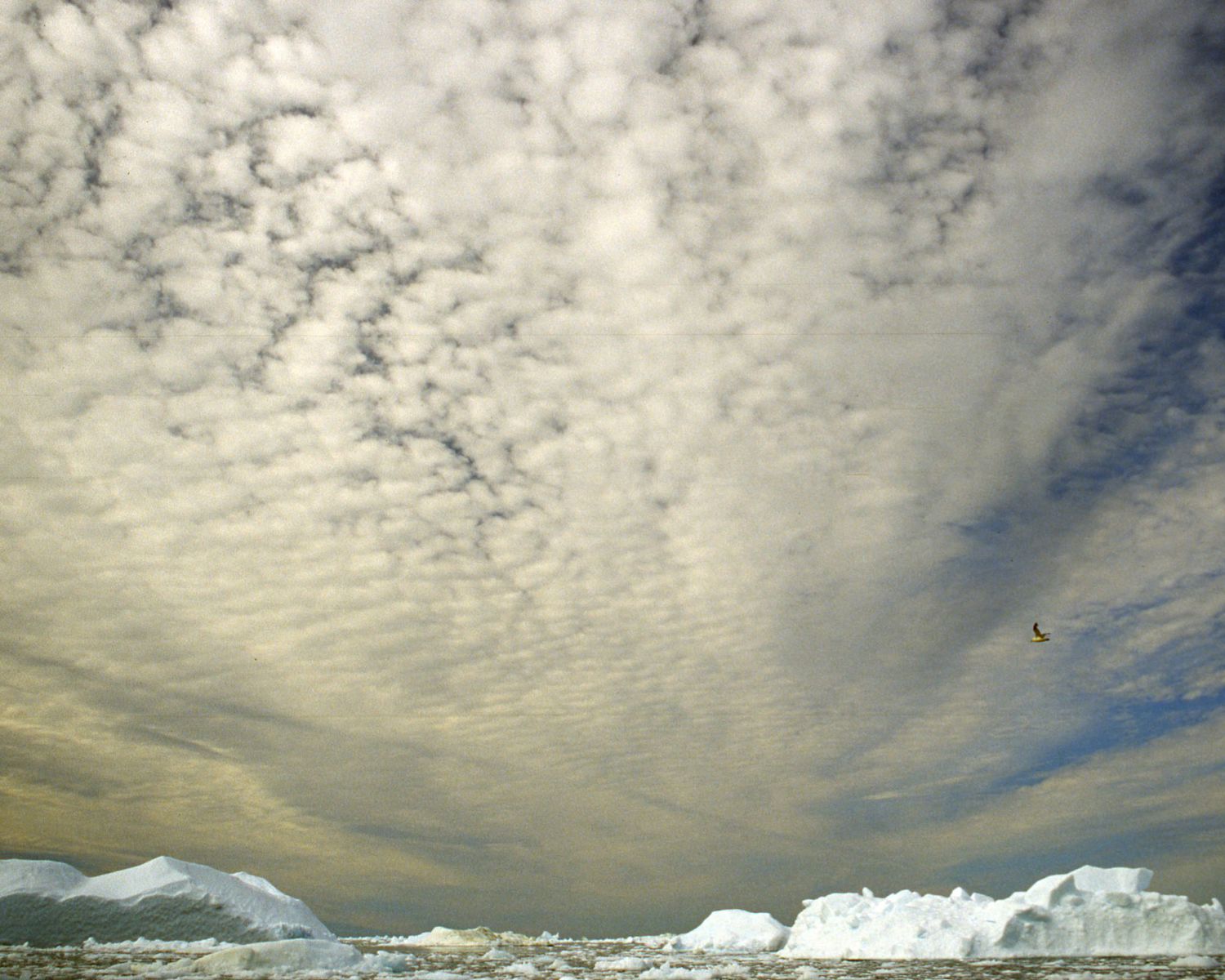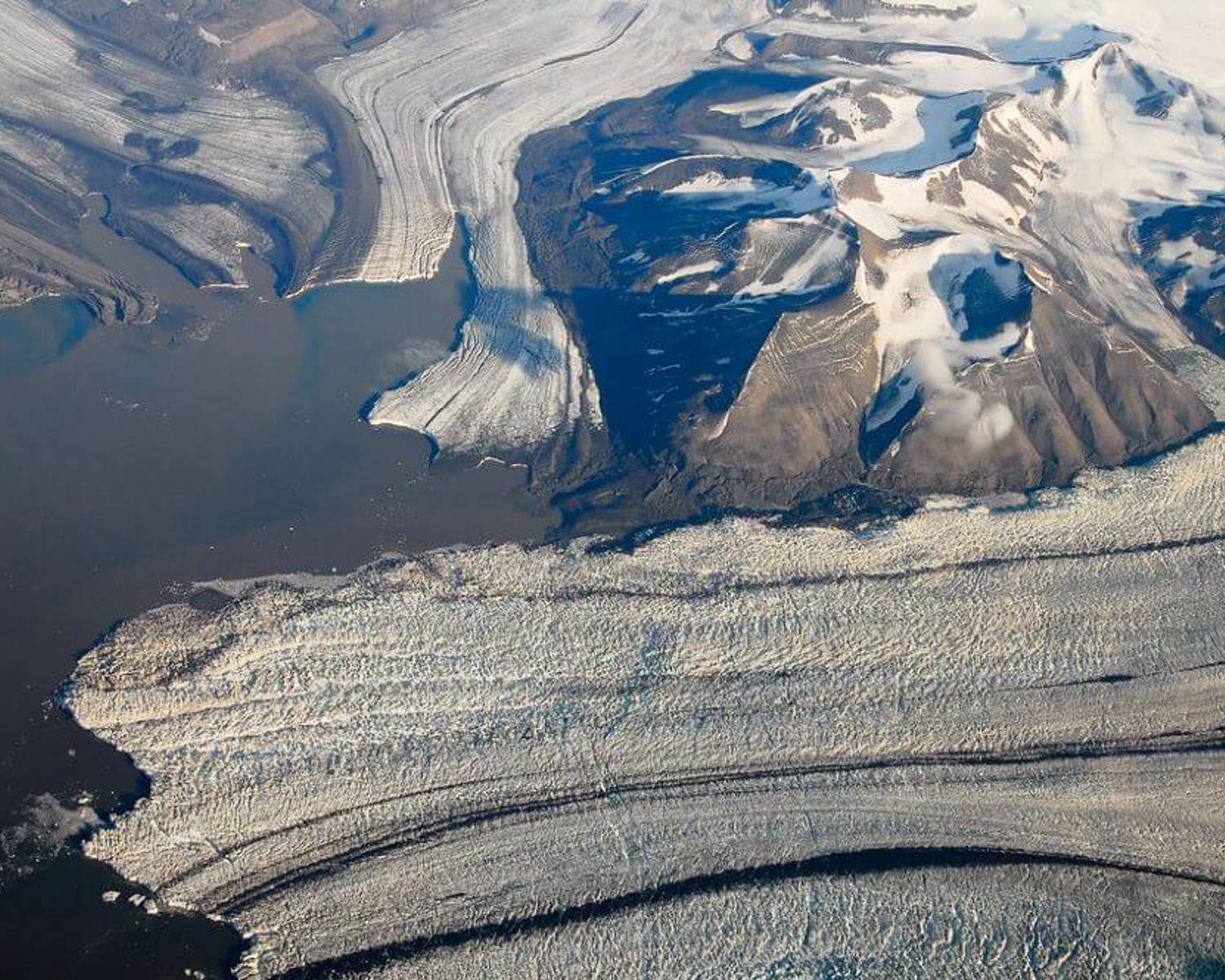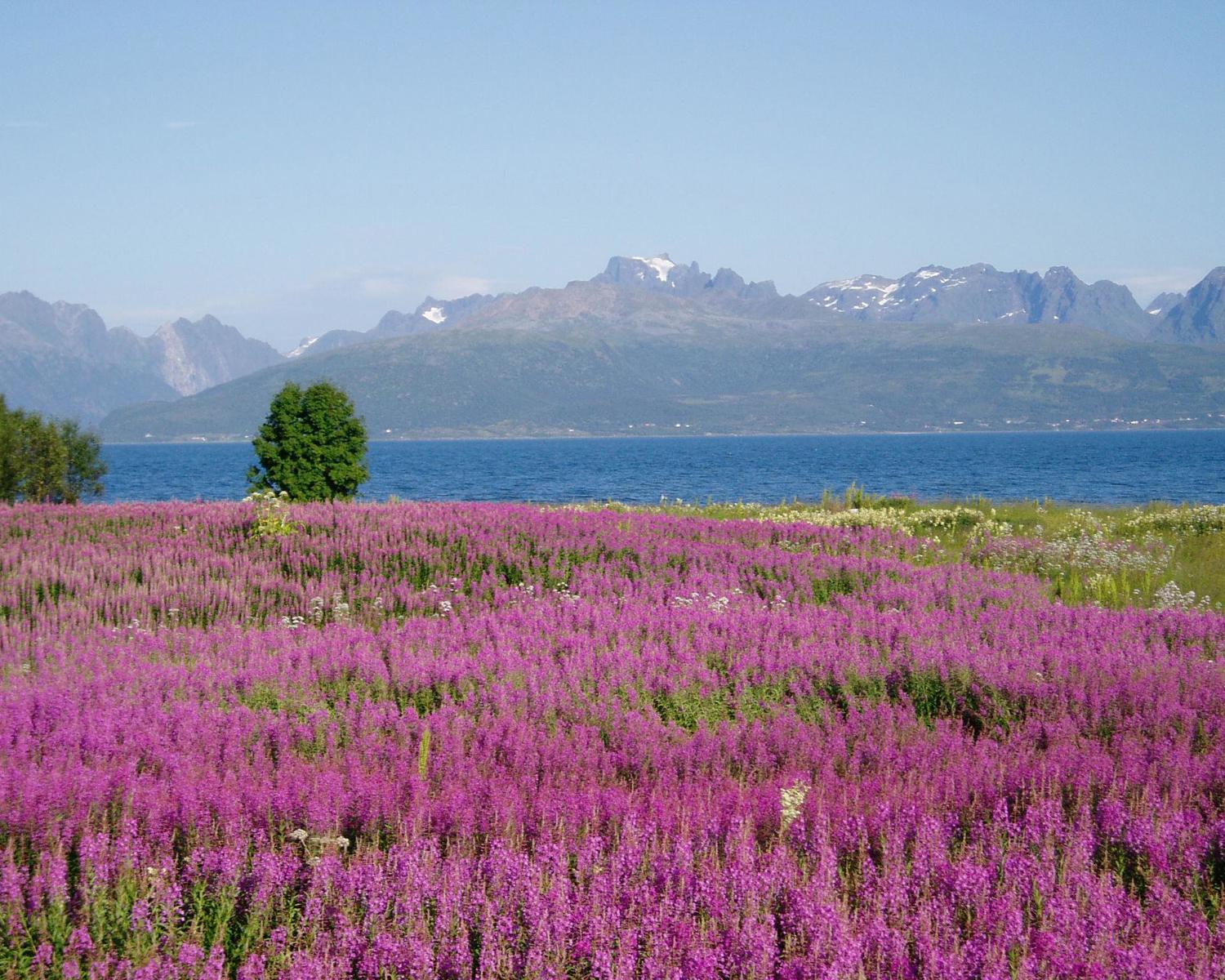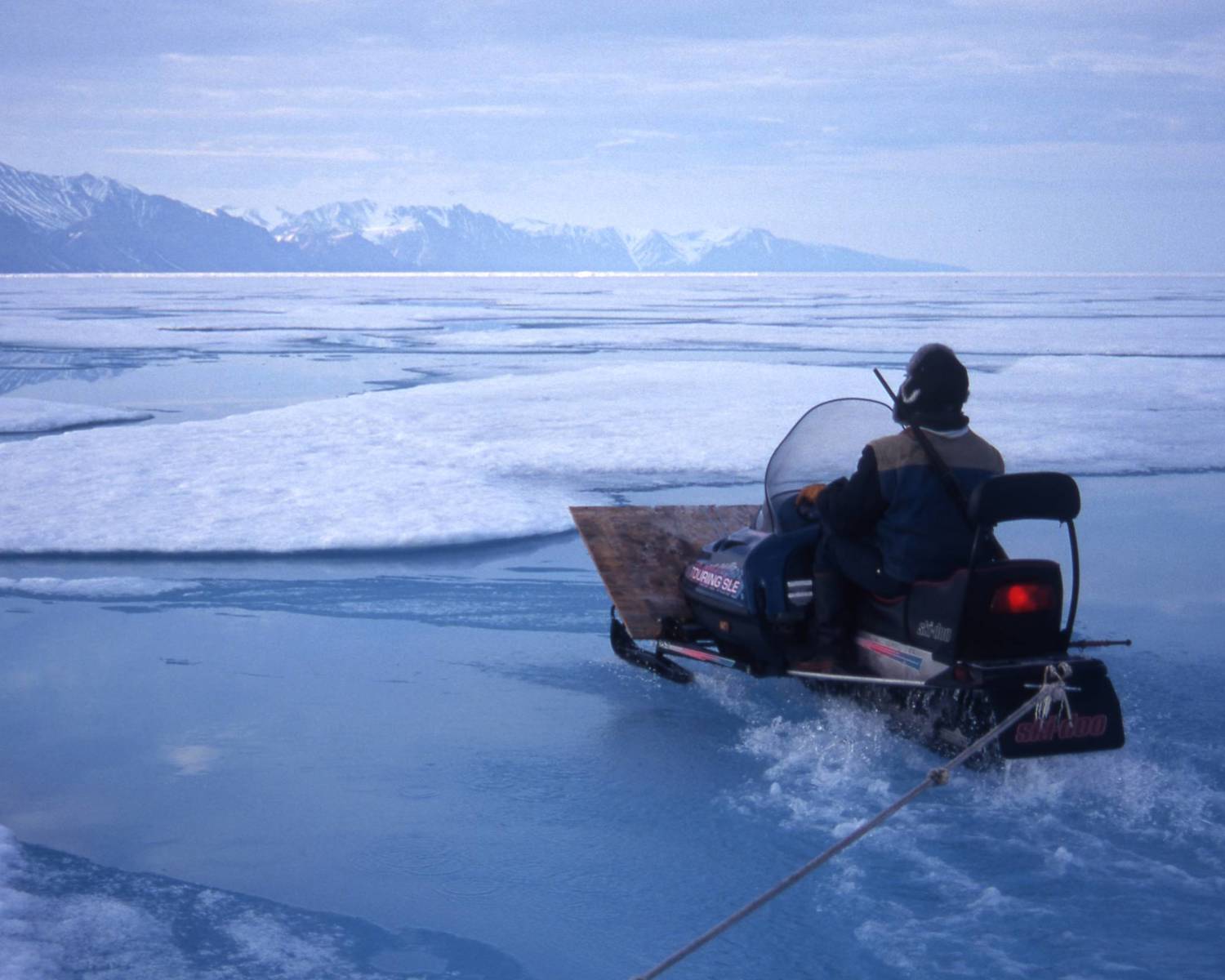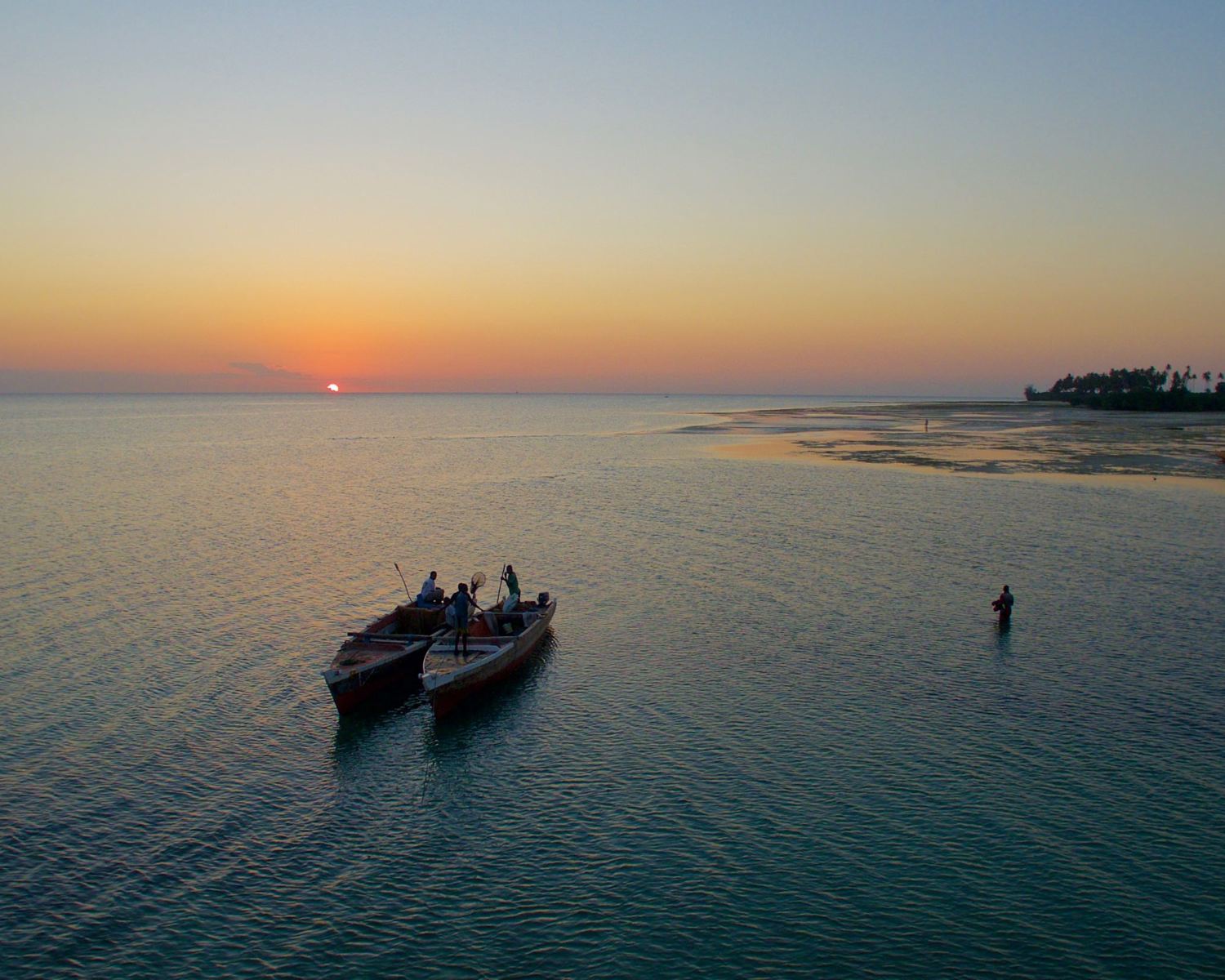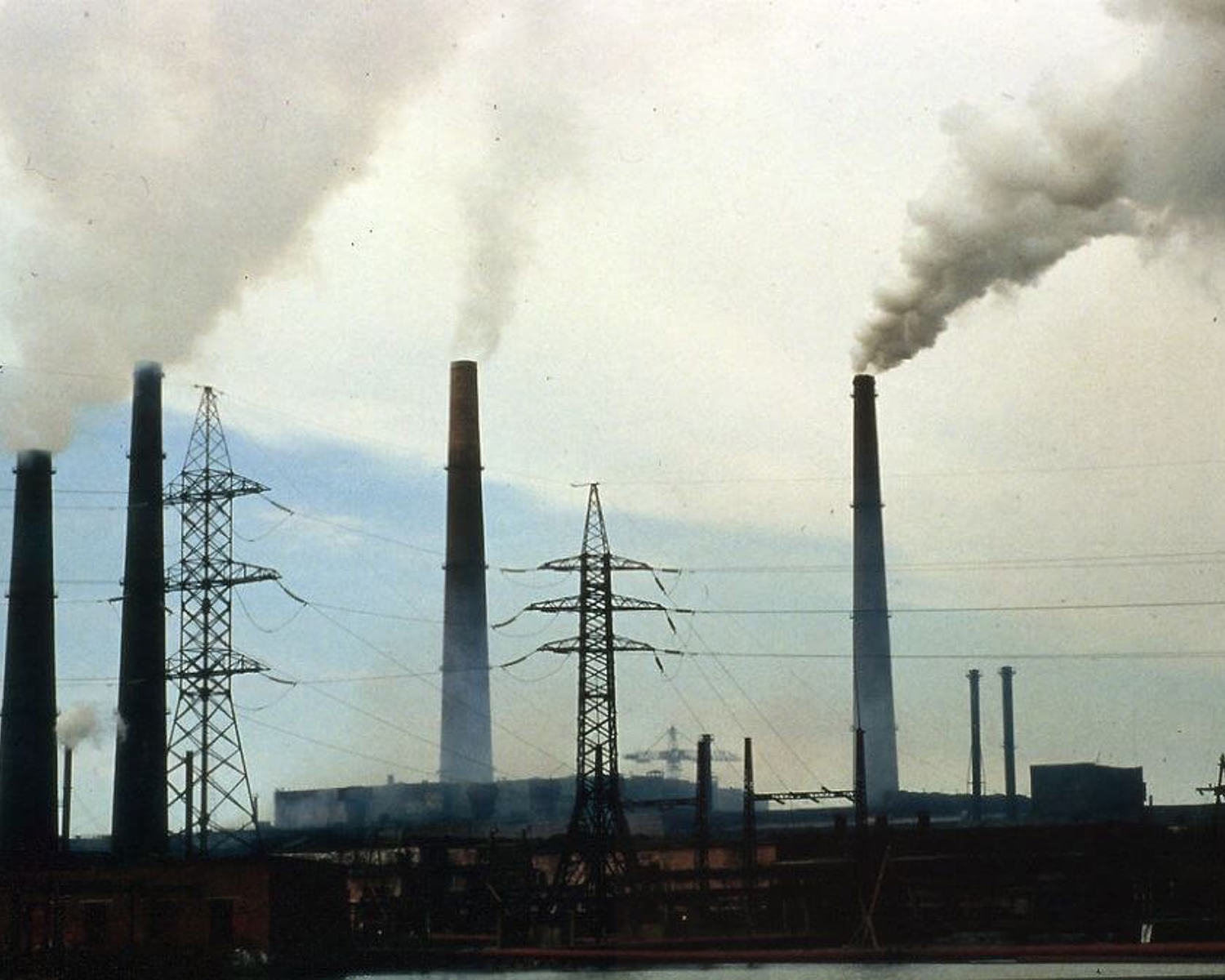Radiative covering and building technologies/ Passive daytime radiative cooling
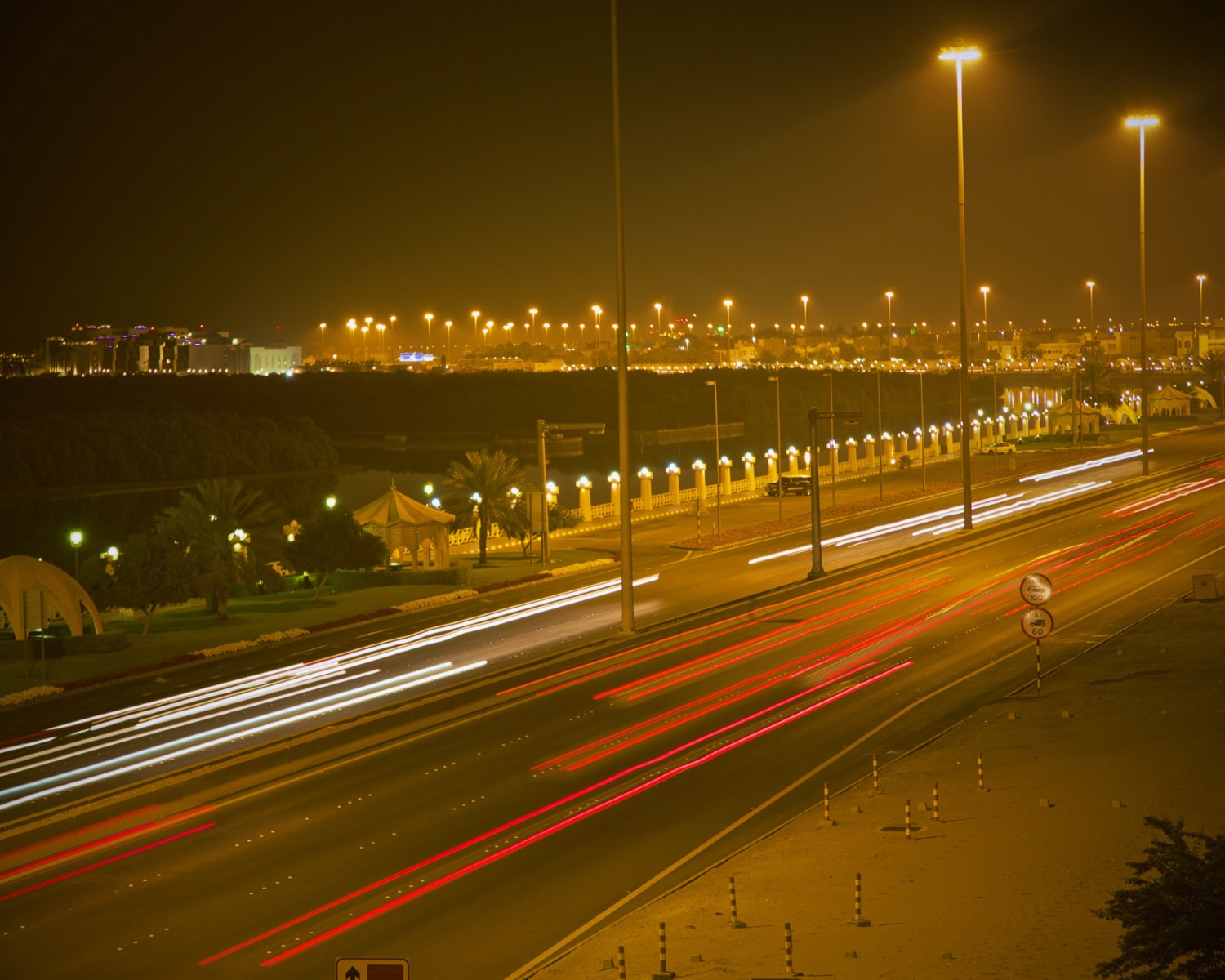
Passive daytime radiative cooling (PDRC) promises to provide energy free cooling through thermally-emissive surfaces that reflect incoming solar radiation whilst simultaneously enhancing longwave heat transfer to space through the infrared window of the atmosphere (8–13 µm) (Yin et al. 2020).
The technology is relatively novel, and has seen rapid growth over the last couple of years (Khan, 2022). Several different variants exist that all have slightly different properties, but generally share a layered structure which allows for its shortwave reflective and longwave emissive properties, whilst not letting heat through. Some of PDRC advocates have described it as a ‘third, less intrusive geoengineering approach’ (Zevenhoven and Fält 2018). Probably PDRC should however not be grouped under the category geoengineering (see for differing categorisations of geoengineering: Heyward 2013; or Pereira 2016).
Analysis overview

Technological Readiness Level (TRL)
Medium 2
Technological Readiness Level (TRL)
A technology with a TRL of 4-6: TRL 4 – validated in lab; TRL 5 – validated in relevant environment; TRL 6 – demonstrated in relevant environment

Scalability
Low 1
Scalability
Physically unable to scale; sub-linear/logarithmic efficiency of scalability

Timeliness for near-future effects
High 3
Timeliness for near-future effects
Implemented in time to make a significant difference

Northern + Arctic potential
Low 1
Northern + Arctic potential
No noticeable extra positive effect beyond the global average; technology is unsuited to the Arctic

Global potential
Low 1

Cost - benefit
Prohibitive 1
Cost - benefit
Cost of investment comparable to cost of avoided damage

Environmental risks
Some risk 2
Environmental risks
More widespread and possibly regional impacts that extend beyond the immediate solution deployment location

Community impacts
Neutral 2
Community impacts
Unnoticeable or negligible positive or negative effects

Ease of reversibility
Hard 1

Risk of termination shock
Low risk 3
Risk of termination shock
Low or insignificant termination shock or damage

Legality/governance
Possible 3
Legality/governance
Currently legal to deploy, with governance structures in place to facilitate it and/or financial incentives to develop it

Scientific/media attention
Medium 2
Scientific/media attention
Some attention within the scientific community, including published research and funding programmes; some media attention; some commercial interest
References
Khan, Ansar; Carlosena, Laura; Feng, Jie; Khorat, Samiran; Khatun, Rupali; Doan, Quang-Van; Santamouris, Mattheos (2022). "Optically Modulated Passive Broadband Daytime Radiative Cooling Materials Can Cool Cities in Summer and Heat Cities in Winter". Sustainability. 14 – via MDPI. https://doi.org/10.3390/su14031110
Levinson, Ronnen, et al. 2019. Solar-Reflective “Cool” Walls: Benefits, Technologies, and Implementation. No. LBNL-2001296; AWD-00002242; CEC-500-2019-040. Lawrence Berkeley National Lab.(LBNL), Berkeley, CA (United States). Available at: https://www.energy.ca.gov/publications/2019/solar-reflective-cool-walls-benefits-technologies-and-implementation [Accessed 22 July 2024]
Li, J., Liang, Y., Li, W., Xu, N., Zhu, B., Wu, Z., ... & Zhu, J. (2022). Protecting ice from melting under sunlight via radiative cooling. Science advances, 8(6), eabj9756. https://doi.org/10.1126/sciadv.abj9756
Yin, Xiaobo; Yang, Ronggui; Tan, Gang; Fan, Shanhui. (2020). "Terrestrial radiative cooling: Using the cold universe as a renewable and sustainable energy source". Science. 370 (6518): 786–791. https://doi.org/10.1126/science.abb0971
Zevenhovena, Ron and Fält, Martin. (2018). Radiative cooling through the atmospheric window: A third, less intrusive geoengineering approach. Energy. 152. https://doi.org/10.1016/j.energy.2018.03.084

